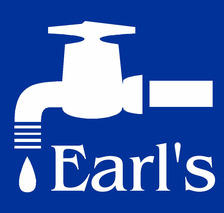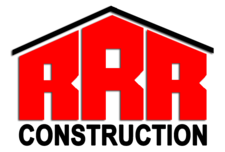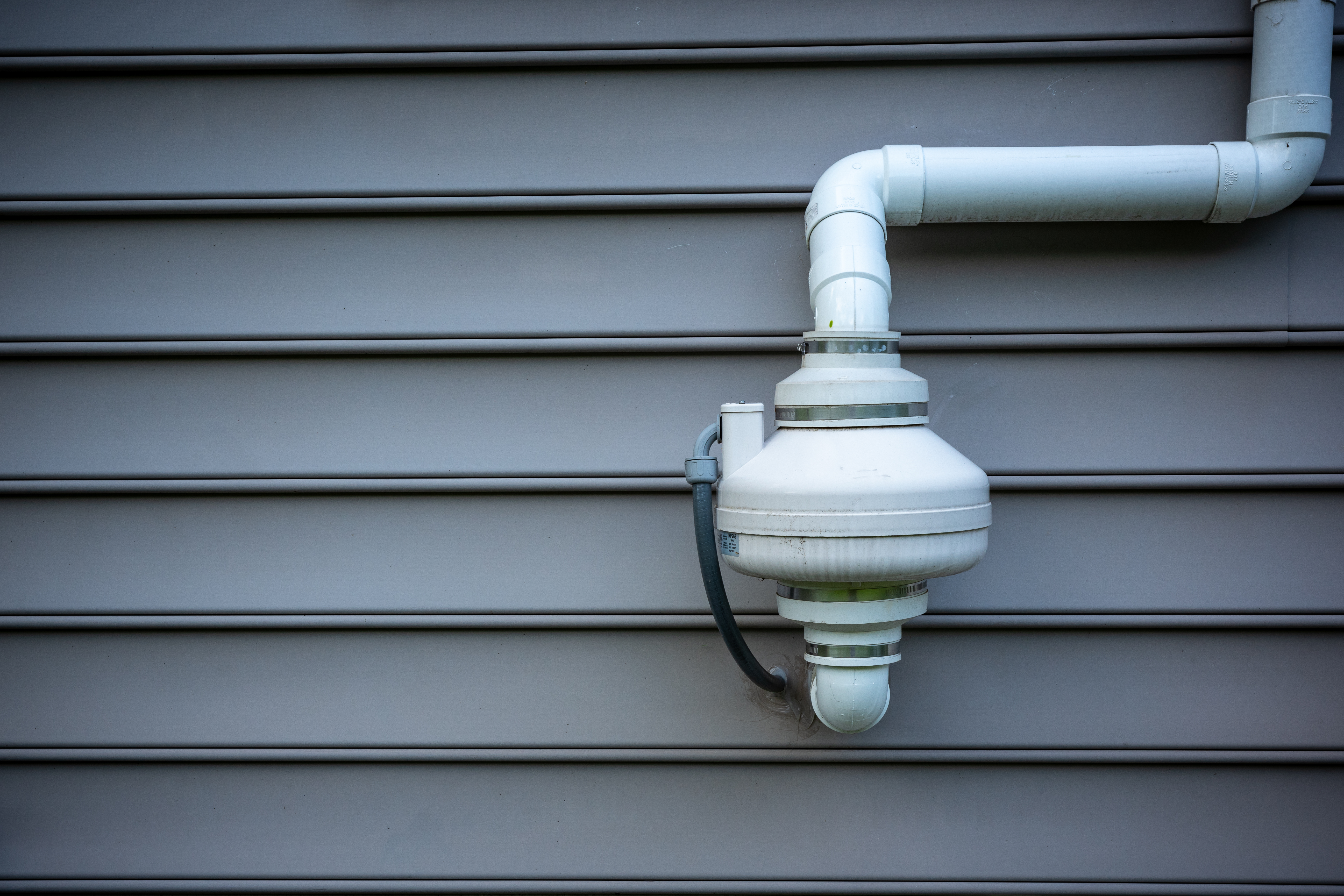
Get matched with top radon detection and reduction specialists in Palermo, CA
Enter your ZIP and get matched with up to 5 pros
Need a pro for your radon detection and reduction project in Palermo, CA?
Verified Reviews for Radon Detection And Reduction pros in Palermo, CA
*The Angi rating for Radon Detection And Reduction companies in Palermo, CA is a rating based on verified reviews from our community of homeowners who have used these pros to meet their Radon Detection And Reduction needs.
*The HomeAdvisor rating for Radon Detection And Reduction companies in Palermo, CA is a rating based on verified reviews from our community of homeowners who have used these pros to meet their Radon Detection And Reduction needs.
Last update on December 10, 2025
Find Radon detection and reduction specialists in Palermo
Greg's Draft Busters
Greg's Draft Busters
Home and Business infiltration and air quality specialist.
Home and Business infiltration and air quality specialist.
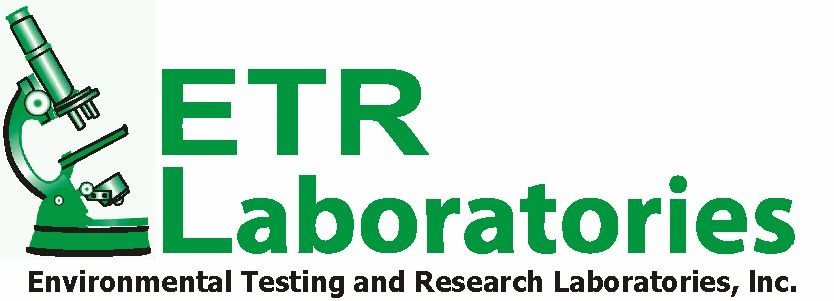
Environmental Testing & Research Laboratories, Inc
Environmental Testing & Research Laboratories, Inc
ETR Laboratories in an analytic laboratory with a broad range of commercial, industrial and individual clients. We provide analytic services using a wide variety of scientific methods including GC/MS, IC/MS, GIR, NMR and SEM equipment. We can do particle analysis, organic and inorganic chemical analysis and micro analysis on biological and other materials. Private water analysis is our specialty. Award winning. Additional DBA - Environmental Testing & Research Laboratories Inc, ETR Labs, ETR Laboratories.
"as advertised"
Nancy C on July 2018
ETR Laboratories in an analytic laboratory with a broad range of commercial, industrial and individual clients. We provide analytic services using a wide variety of scientific methods including GC/MS, IC/MS, GIR, NMR and SEM equipment. We can do particle analysis, organic and inorganic chemical analysis and micro analysis on biological and other materials. Private water analysis is our specialty. Award winning. Additional DBA - Environmental Testing & Research Laboratories Inc, ETR Labs, ETR Laboratories.
"as advertised"
Nancy C on July 2018
The Palermo, CA homeowners’ guide to radon detection and reduction services
From average costs to expert advice, get all the answers you need to get your job done.
 •
•Discover the average indoor air quality testing cost, what impacts pricing, and how to budget for healthier air in your home.
 •
•Find out what impacts radon testing costs, including average prices for DIY kits and professional services, so you can protect your home and budget confidently.
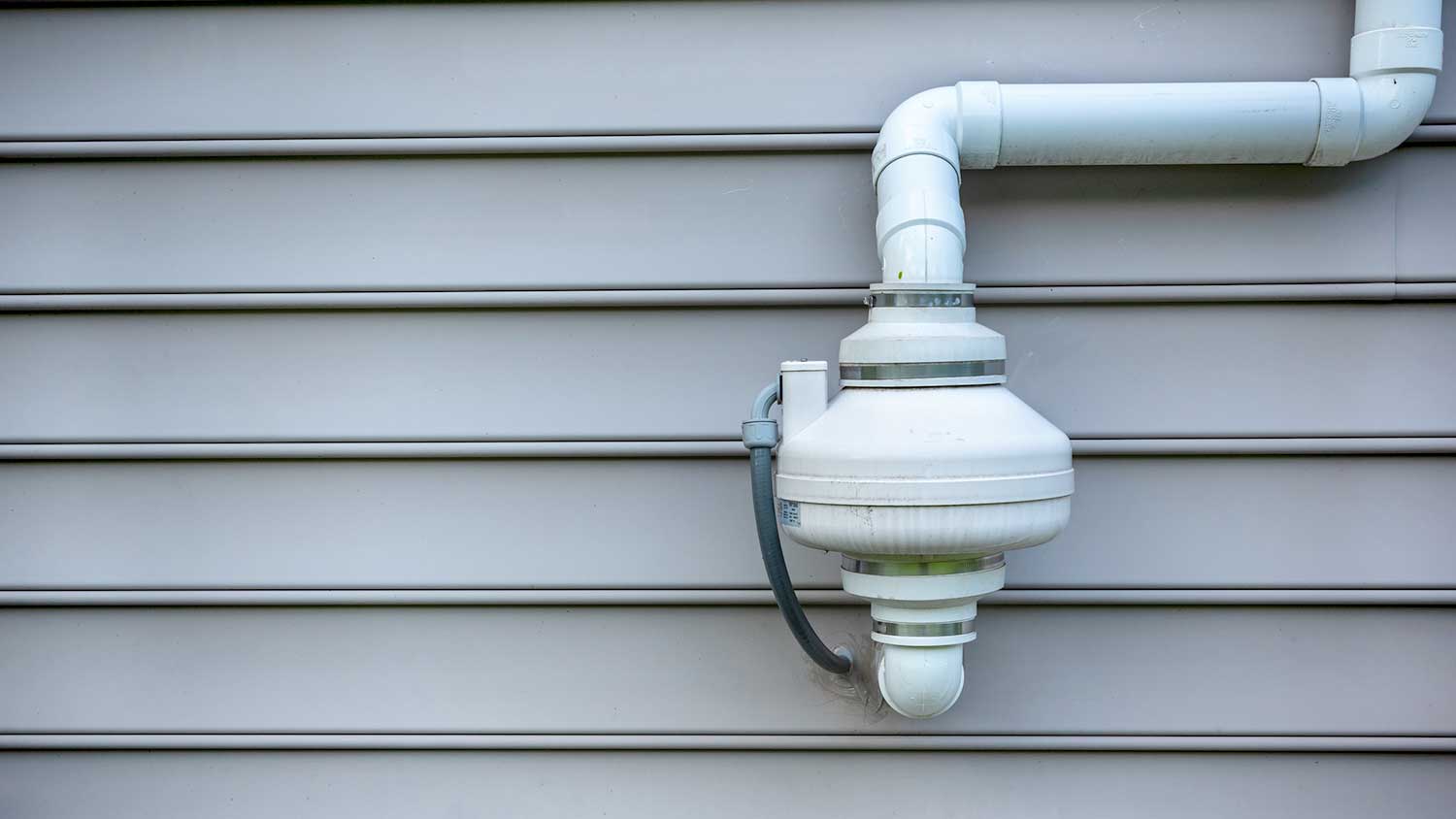
Get clear answers on how much radon remediation costs, including average prices, key cost factors, and tips to save money on your home’s radon mitigation.
 •
•Find out the average cost of radon fan replacement, key price factors, and ways to save. Get expert tips to budget for your radon mitigation system.

You need to protect your home from radon, but what does a radon mitigation system look like? Check out this radon mitigation system diagram to learn how it works.

How long does a radon mitigation system last? A properly installed and maintained system can last 20 years or more, but various issues can reduce the life span.
- Biggs, CA Radon detection and reduction specialists
- Gridley, CA Radon detection and reduction specialists
- Browns Valley, CA Radon detection and reduction specialists
- Live Oak, CA Radon detection and reduction specialists
- Brownsville, CA Radon detection and reduction specialists
- Berry Creek, CA Radon detection and reduction specialists
- Oregon House, CA Radon detection and reduction specialists
- Durham, CA Radon detection and reduction specialists
- Marysville, CA Radon detection and reduction specialists
- Paradise, CA Radon detection and reduction specialists
- Sutter, CA Radon detection and reduction specialists
- Oroville, CA Radon detection and reduction specialists
- Olivehurst, CA Radon detection and reduction specialists
- Penn Valley, CA Radon detection and reduction specialists
- Yuba City, CA Radon detection and reduction specialists
- Chico, CA Radon detection and reduction specialists
- Magalia, CA Radon detection and reduction specialists
- Colusa, CA Radon detection and reduction specialists
- Wheatland, CA Radon detection and reduction specialists
- Nevada City, CA Radon detection and reduction specialists
- Grass Valley, CA Radon detection and reduction specialists
- Willows, CA Radon detection and reduction specialists
- Lincoln, CA Radon detection and reduction specialists
- Colfax, CA Radon detection and reduction specialists
- Plumbing in Palermo
- Kitchen And Bath Remodeling in Palermo
- Fencing in Palermo
- Septic Tank in Palermo
- Roofing in Palermo
- Plaster Plaster Repair in Palermo
- Landscaping in Palermo
- Painting in Palermo
- Home Builders in Palermo
- Garage Builders in Palermo
- Electrical in Palermo
- Lawn Fertilization And Treatment in Palermo
- Sunroom And Patio Remodeling in Palermo
- Dumpster Rental in Palermo
- Siding in Palermo
- Handyman Service in Palermo
- Lawn And Yard Work in Palermo
- Landscaping Hardscaping And Pavers in Palermo
- Driveway Gates in Palermo
- Playground Equipment in Palermo
- Plumbing in Palermo
- Kitchen And Bath Remodeling in Palermo
- Roofing in Palermo
- Electrical in Palermo
- Tree Service in Palermo
- Pest Control in Palermo
- Landscaping in Palermo
- Moving in Palermo
- Fencing in Palermo
- Swimming Pools in Palermo
- 🌱 "Mow a small front yard"
- 🛠 "Fix a leaking pipe under the sink"
- 🏠 "Repair shingles on an asphalt roof"



